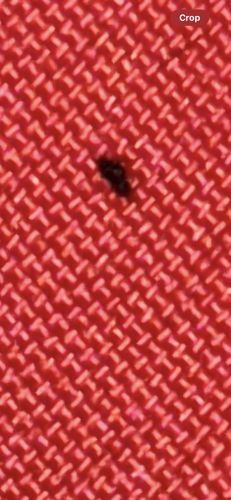Flea
Scientific Name: Siphonaptera (order), various families including Pulicidae
Order & Family: Order Siphonaptera, Family Pulicidae (common fleas), among others
Size: 1.5 mm to 3.3 mm (0.06 to 0.13 inches)

Natural Habitat
Fleas are ectoparasites found on warm-blooded animals (mammals and birds) and in their nests, bedding, carpets, and cracks in floors. They prefer warm, humid environments.
Diet & Feeding
Adult fleas are obligate hematophages, meaning they feed exclusively on the blood of their hosts. Larvae feed on organic debris, including fecal matter from adult fleas (which contains dried blood).
Behavior Patterns
Fleas are wingless insects known for their exceptional jumping ability, allowing them to move between hosts. They are highly resilient and can survive for significant periods without a host. Females lay eggs after a blood meal, typically in the host's fur or bedding, which then fall off and hatch in the environment. Larvae pupate in cocoons, and adults emerge when a suitable host is detected by vibrations, warmth, or exhaled CO2.
Risks & Benefits
Potential risks include causing itchy bites, flea allergy dermatitis in sensitive individuals/animals, and transmitting diseases such as murinet yphus (via Rickettsia typhi) through the oriental rat flea (Xenopsylla cheopis), and tapeworm (Dipylidium caninum) to pets and sometimes humans. While generally considered pests, they play a minor role in the ecosystem as food for other insects and as a form of natural selection pressure on host populations, though these are not typically considered 'benefits' in a positive sense for humans.
Identified on: 9/11/2025